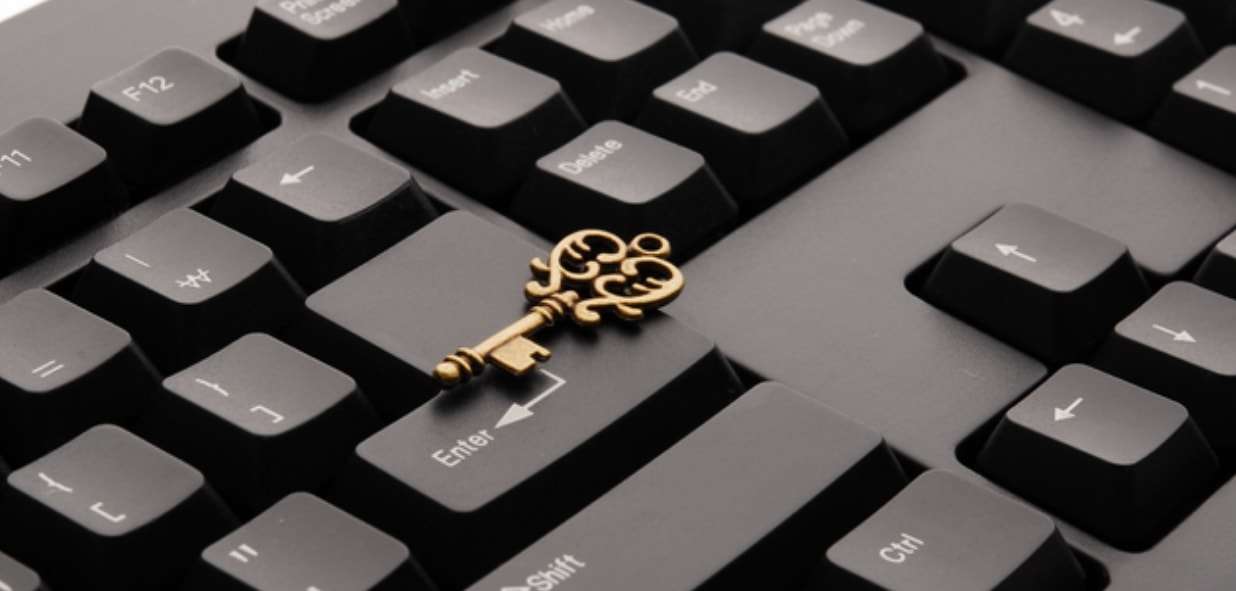Did you know that the biggest challenge that Workana clients face is maintaining clear and consistent communication with freelancers?
According to our Remote Work and Employment 2019 Report, the main challenges that clients face are:
- Finding a freelancer whose profile matches exactly what they’re looking for: 46.8%
- Maintaining open and consistent communication with the freelancer 24.8%
- Coordinating remote work 13.8%
In other words, communication is one of the most important soft skills to master. It gives freelancers a huge competitive advantage in the marketplace. Even though you may be good at what you do, if you don’t know how to communicate properly, you run the risk of losing great job opportunities.
Communication, among other things, is an indispensable skill that:
- Opens doors and makes for great first (and lasting) impressions
- Avoiding and reducing conflict
- Creating solutions to problems and communicating complex ideas
- Establishing trust and long term professional relationships
To give you an idea of how relevant this subject is, we’ll give you a firsthand example. At Workana, when we want to choose a freelancer, we value a freelancer with a creative, original, and clear proposal much more than a freelancer with a CV a mile long.
That’s why we’re sharing the 10 Freelancer’s Client Communication Commandments for good client communication. Take these tips into account for your next project!
The Freelancer’s 10 Client Communication Commandments

1. Learn to listen and analyze
Before you write and send a proposal, take a moment to read the project’s description and analyze how you can best serve the client. This will allow both of you to communicate clearly, and it will save a lot of time for both parties.
You can develop active listening by keeping this checklist in mind in order to make sure you have everything you need. Later, analyze the information and identify what you’re working with and how much it will cost you (money, deadlines, flexibility with changes, etc.):
- How much it costs
- What the project entails (deliverables)
- Examples of similar projects
- Benefits to what you’ll deliver (the “why”, for example: persuasive copy to close the deal on site, posting a promotional video on social media)
- The deadline
- The change policy
- What you’ll need to start working
- and more.
Remember, communicating through Workana will guarantee that both sides fulfill their ends of the bargain in case of any miscommunication, so it’s important that you discuss all of the subjects above via chat so you and the client have documentation of everything and can work together in an efficient, trustworthy manner.
2. Show interest and empathy
Always show a genuine interest in the project and prioritize your client’s interests. Personalize your proposal as much as possible, and if appropriate, recommend improvements from the start. Don’t forget to put in the extra effort that makes you a unique freelancer! Keep in mind that clients are looking for partners who will take their work as seriously as they do.
A lot of times clients might not know what they’re looking for right away. Avoid taking on projects that aren’t well planned or structured, and avoid delivering the bare minimum even if you know that’s not what the client really needs. What we’re saying is…go the extra mile!

3. Ask questions (but only what’s necessary)
Learning to ask the right questions is essential to facilitating the hiring process, avoiding misunderstandings, and making a great impression. Every project has a purpose and particular attributes and circumstances. Here are a few questions that can help given more and better context:
-
- What’s the purpose of this project?
- What problem, challenge, or specific necessity needs to be solved?
- What’s the budget range?
- Does the client have experience with similar projects?
- Are there success stories that the client wants to emulate?
- What’s the project’s biggest challenge?
- What type of communication and feedback is the client expecting?
- What role will your direct client play in their company?
Finally, if possible, get a head start by researching the company or project.
4. Pay attention to your writing
In written communication, composition is the equivalent of body language, and we all know how essential body language is for generating trust and confidence. If spelling and grammar aren’t your strong suit, we recommend that you arm yourself with a good auto correcting device, and, more importantly, invest some time learning basic editing rules.
We know that this may not seem very relevant to your work if, for example, you’re a web designer, but you’d be surprised at how many great proposals are automatically discarded because of spelling errors.

5. Speak with expert-level confidence
You’re the expert. It’s really important to convey that to the client. Express yourself with the confidence that you know what you’re talking about, and if you don’t, figure out a way to know what you’re talking about before submitting a proposal.
Speaking with the confidence of an expert also means emphasizing the value of your work instead of the cost. Knowing when to say no and never undervaluing your abilities are essential.
Never accept an underpaying project and not working with clients who show bad work ethic, for example, clients who want to contact you outside the platform, shows professionalism and avoids future problems, and sorts out a bit of the competitiveness that comes with the territory of freelancing.
6. Keep it simple
Keep in mind that even though you might envision a range of possibilities and opportunities that could come from the project or your client’s needs, it’s important to prioritize and understand that the client’s main interest is to achieve the objective at hand.
It’s good to propose improvements, but keep them simple and within the scope of what the client needs. After you finish a project and the client see how great your work is, you can make proposals that are a bit more elaborate in to continue to help them with other projects.
7. Know your audience
It’s important to identify and understand your client’s communication style. Not all forms of contact are created equal; whether you’re communicating casually or working with more technical language, it’s important to adapt your communication style to fit your client’s needs.
Once you’ve signed the deal, offer your client alternative ways to communicate with you in a comfortable, quick, and assertive manner (Mail, WhatsApp, Zoom, etc). Avoid using only one form of communication, but take into account that there has to be documentation for all the important aspects of the project on the platform to protect your work.

Collaboration tools like Drive, Trello, or Evernote can be very useful. Finally, don’t forget to have a backup of all your documentation including conversation summaries and what’s been delivered so far.
8. Welcome real feedback
Mutual feedback is fundamental for you and your client so both of you can continue growing. At the end of the project, don’t forget to (nicely and tactfully!) tell the client what they could do to improve so they can succeed in the future with the work that you did together. Likewise, allow your clients to give you honest feedback that includes the good and the bad.
9. Be proactive and establish long term working relationships
Whenever you complete a project, after providing mutual feedback, create a proposal so the client can continue growing, improving, and expanding their project in the near future. After a bit of time, contact them and figure out how your work drives results for your client.
10. Don’t flood their inbox
Once you’ve sent your proposal, feel free to send a follow up message if the client doesn’t answer you, but try not to flood their inbox! If you’ve done your part and submitted a phenomenal, clear, and personalized proposal tailored to fit your prospective client’s needs, you’re sure to get a great client in no time!

At Workana, we are committed to independent work, which is why we strive to help our clients and freelancers communicate in a simple, fluid, and assertive way.
Have you used these tips yet?
—
You may also be interested in:





